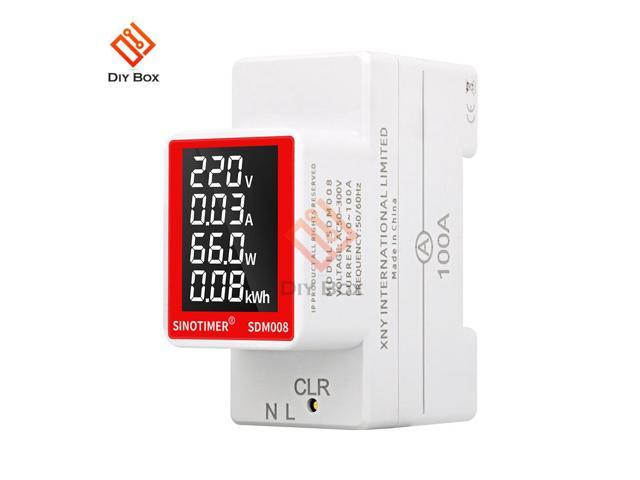A cooperative study between the U.S. Geological Survey, the University of Wisconsin (UW)-Madison Discovery Farms program (Discovery Farms), and the UW-Platteville Pioneer Farm program (Pioneer Farm) was developed to identify typical ranges and magnitudes, temporal distributions, and principal factors affecting concentrations and yields of sediment, nutrients, and other selected constituents in runoff from agricultural fields. Hydrologic and water-quality data were collected year-round at 23 edge-of-field monitoring stations on 5 privately owned Discovery Farms and on Pioneer Farm during water years 2003-8. The studied farms represented landscapes, soils, and farming systems typical of livestock farms throughout southern Wisconsin. Each farm employed a variety of soil, nutrient, and water-conservation practices to help minimize sediment and nutrient losses from fields and to improve crop productivity. This report summarizes the precipitation-runoff relations and water-quality characteristics measured in edge-of-field runoff for 26 “farm years” (aggregate years of averaged station data from all 6 farms for varying monitoring periods). A relatively wide range of constituents typically found in agricultural runoff were measured: suspended sediment, phosphorus (total, particulate, dissolved reactive, and total dissolved), and nitrogen (total, nitrate plus nitrite, organic, ammonium, total Kjeldahl and total Kjeldahl-dissolved), chloride, total solids, total suspended solids, total volatile suspended solids, and total dissolved solids.















